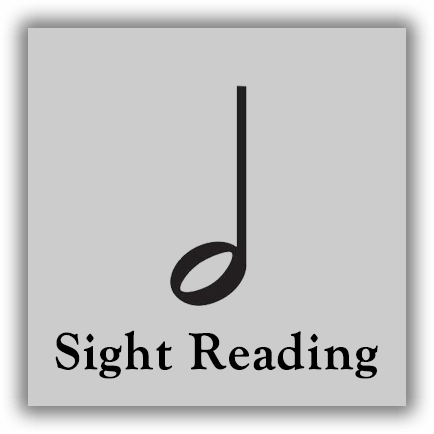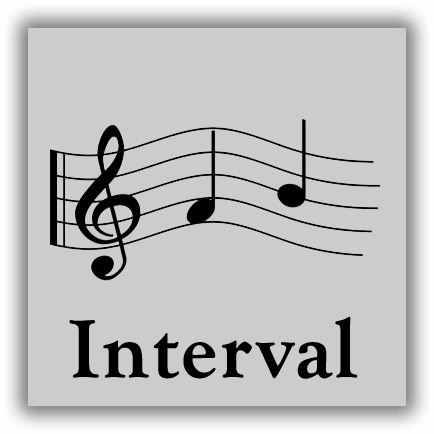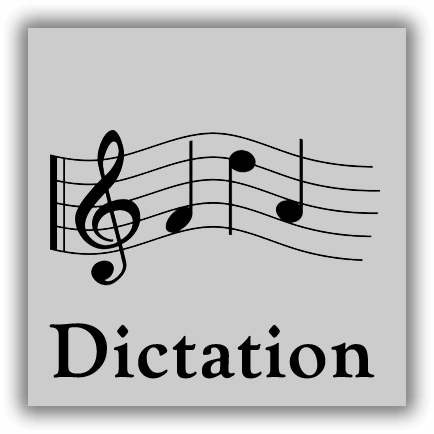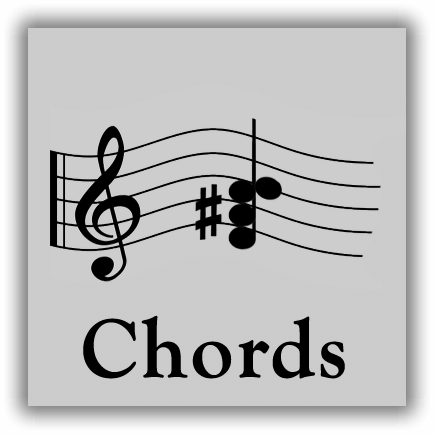
Welcome to the UCLA Music Theory App
An iOS app designed to both engage new, learning musicians and also allow experienced musicians to practice their skills on a fun, user friendly platform developed by La Cañada High School students
✧✧
Mobile Devices and tablets are most likely going to be the future of education. The school we go to has been thinking about bringing personalized iPads to all of the new seventh-graders. As technology gets cheaper and more schools integrate technology into the curriculum, mobile devices and tablets are becoming a more cost effective alternative to textbooks, which can go up to more than a hundred dollars even for high school textbooks.
We are trying to make the change faster by making a suitable app alongside the curriculum to basically REPLACE the role of textbooks in student learning through a mobile or tablet application. Working with our Music Theory teacher, we plan on having interactive games to engage students in learning and fully include the school’s complete Music Theory curriculum.
By providing a full app with teacher-reviewed curriculum, we hope to be able to start the shift to digital education with all of the benefits it brings over textbooks.




The sight reading section teaches people to learn the two major clefs: Treble and Bass. After learning the notes in each clef, people will then have a chance to practice their recognition of the notes.
The interval section will teach people to recognize the difference between a pair of notes. They will also be able to practice this recognition which will help them become better musicians by training their ears.
The dictation section has users combine the skills they acquired in the previous two sections. In this section a user listens to a short excerpt and is prompted to type out notes as they hear them.
Chords is the most challenging section in the entire app. In this section users practice their sight reading, interval recognition, and dictation. A chord or chord progression is played, and the user is prompted to enter what they hear.

